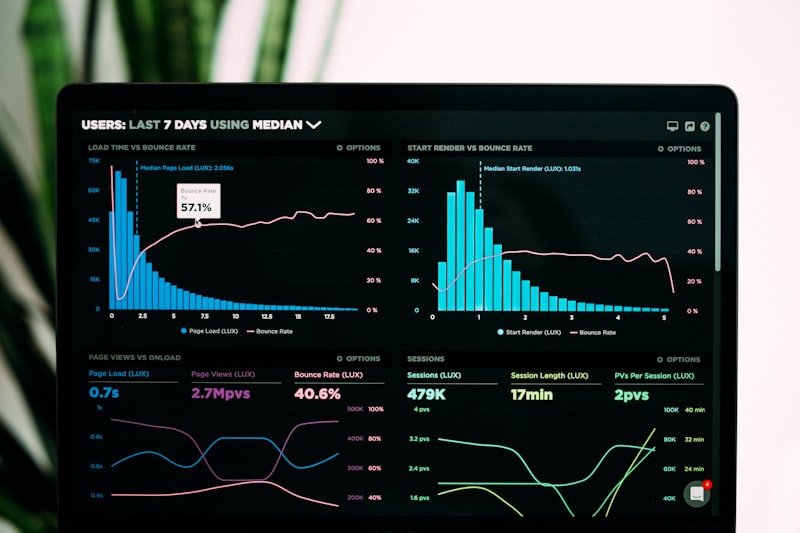
Balancing Heart and Data: My Approach to Digital Marketing in Nepal
Let’s be honest: the digital marketing world loves its dashboards, metrics, and shiny charts. And don’t get me wrong—so do I. I’ve spent over a decade tweaking campaigns based on bounce rates, CPCs, and engagement graphs that spike (or nosedive) after a change.
But numbers alone never told me the full story—especially not here in Nepal.

Where Data Falls Short
I still remember a campaign we ran for a mid-sized local clothing brand in Kathmandu. The data looked promising: impressions were high, click-through rates were solid, and our ads were technically “working.” But conversions? Flat.

After digging into the numbers for hours, I finally did something unscientific: I called the client and asked, “What are your customers actually saying?”
Turns out, the product photos we were using didn’t resonate. They looked too polished—like something out of a western catalog. The audience didn’t feel represented. The clothes were relatable, but the branding wasn’t.
We swapped the creatives with more grounded visuals—real people, Nepali faces, simple language. Conversions tripled in a week.
That shift wasn’t in the analytics dashboard. It came from listening.
The Human-First Lens
Data shows patterns, but humans show us why those patterns matter. Over the years, I’ve learned to treat every report as the beginning of a conversation—not the conclusion.

I’ve sat in shops in Pokhara listening to business owners explain how a single Facebook review changed their sales that week. I’ve seen students in my digital marketing classes light up when they finally understood not just how to run an ad—but how to talk to a customer.
Those moments reminded me: good marketing starts with empathy. Not as a buzzword, but as a method.
Strategy Meets Story
At Gurkha Technology, we’ve made it a practice to ask clients questions that rarely show up in marketing briefs:
- What frustrates your customers?
- What do they joke about?
- What’s not being said in your reviews?

When we built a campaign for a local trekking agency last year, the client was obsessed with SEO rankings (understandably—they’re competitive). But after one deep conversation, we realized their true strength was the way they cared for clients during emergencies on the trail.
So we built that into the messaging. Instead of keyword-stuffing “Everest Base Camp trek” everywhere, we told the story of a guide who carried a sick traveler’s backpack the entire way down.
That one story? It landed them three high-quality inquiries within days—without any ranking changes.
The Local Context Is Everything

Working in Nepal means working with diversity—urban and rural mindsets, tech-savvy youth and analog business owners. It means adjusting strategies when loadshedding schedules impact online behavior, or when Dashain shifts ad performance.
I’ve learned that you can’t copy-paste Western case studies into Nepali reality and expect magic. Our people think differently, trust differently, and buy differently.
Which is why every spreadsheet I look at has a second tab open in my head: “What’s the story here?”
Finding the Balance
I’m not against automation, or AI, or the latest ad platform update. But the more advanced the tools get, the more I find myself returning to the basics:
- Listen to people.
- Respect their context.
- Test with heart, not just hustle.

Balancing heart and data isn’t a technique—it’s a posture. And in my experience, it’s what turns marketing from noise into value, especially in Nepal where trust still trumps trends.
Final Thought
If you’re a business owner or aspiring marketer reading this, here’s what I’d say: the best marketers aren’t just data scientists or content creators—they’re translators. Translators of human needs into digital language.
So yes, open the dashboard. But also, pick up the phone. Ask better questions. And never forget: behind every click is a heartbeat.